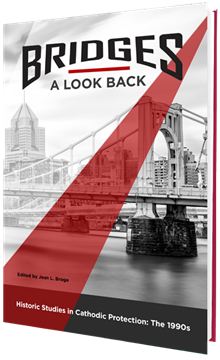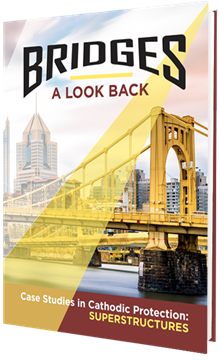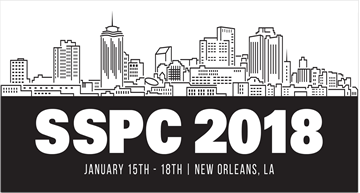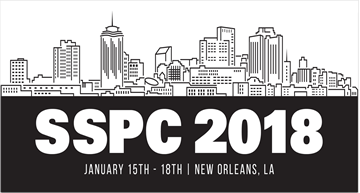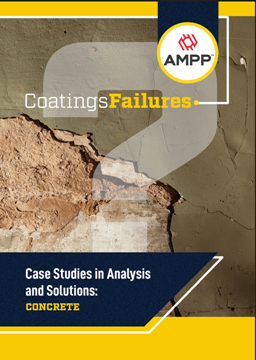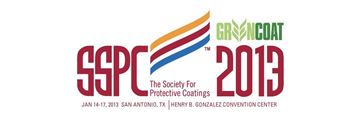Search
Products tagged with 'concrete'
View as
Sort by
Display
per page
Assessing Structural Vulnerabilities: Analyzing the Effects of Wildfires on Power Industry Steel Infrastructure
Product Number:
51324-21141-SG
Publication Date:
2024
$40.00
BRIDGES: A LOOK BACK Historic Studies in Cathodic Protection: The 1990s
Product Number:
37682-pdf
ISBN:
978-1-57590-439-9
$91.00
Bridges-A Look Back: Case Studies in Cathodic Protection--Superstructures
Product Number:
37677-pdf
ISBN:
978-1-57590-427-6
$195.00
Carbonation-Induced Corrosion Assessment for Reinforced Concrete Structures
Product Number:
51324-21169-SG
Publication Date:
2024
$40.00
CHALLENGES OF COATING A POWERHOUSE FLOOR IN A REMOTE HYDRO ELECTRIC PLANT
Product Number:
51218-137-SG
Publication Date:
2018
$20.00
Chloride-induced Corrosion of Reinforcing Steels Used in Concrete Structures at Various Temperatures
Product Number:
51323-18920-SG
Publication Date:
2023
$20.00
Choosing the Best Concrete Grinder for Your Surface Preparation Needs
Product Number:
41205-191-SG
Publication Date:
2005
$20.00
COATING CONCRETE AFTER 28 DAYS . . Why There Is No Magic In This Number
Product Number:
51218-134-SG
Publication Date:
2018
$20.00
Coatings and Concrete: Understanding the Substrate
Product Number:
41215-919-SG
Publication Date:
2015
$20.00
Coatings Failures: Analysis and Solutions--Concrete
Product Number:
37680-POD
ISBN:
978-57590-431-3
$55.00
Concrete Cracks: Causes, Correcting, and Coating
Product Number:
41205-214-SG
Publication Date:
2005
$20.00
Concrete Flooring Moisture Issues: Minimizing, Evaluation and Mitigation
Product Number:
41213-726-SG
Publication Date:
2013
$20.00


